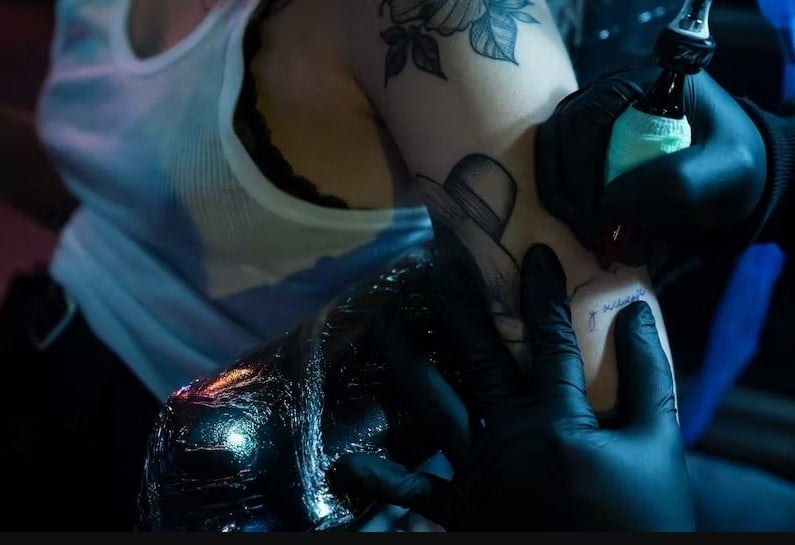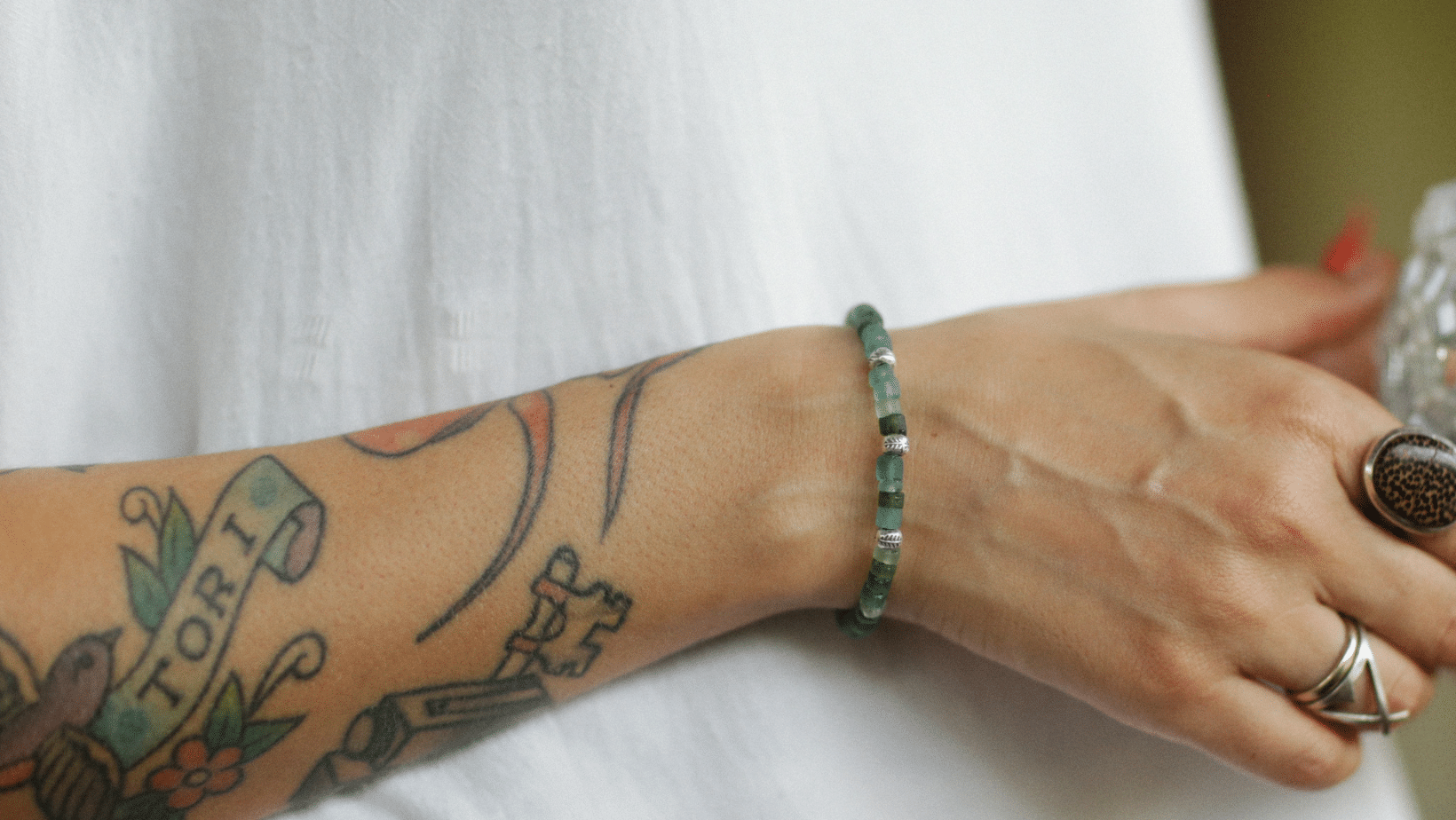A Comprehensive Guide on How To Look After New Tattoo
Getting a new tattoo is an exciting experience. As you get closer and closer to the date of your tattoo appointment, here are a few things that you need to keep in mind so that your tattoo’s healing process will be as smooth as it can be.


How To Prepare For The Procedure
Preparing for the tattooing procedure can prime your body for the experience and set it up for healing your tattoo more effectively. Before you make an appointment, make sure to get a skin test, especially if you have sensitive skin or you have never gotten a tattoo before. This will tell you whether or not your skin will have an adverse reaction to the ink used for tattoos. Make sure to drink plenty of water in the days leading up to the tattoo appointment to ensure that your skin is hydrated and in the best condition possible. Avoid stimulants such as alcohol and caffeine 24 hours before the appointment, as they can cause dehydration and increase bleeding during the procedure. This will make the healing process so much more difficult. Get a good night’s sleep before your visit to assist in decreasing tension and ensure you are calm and relaxed for the process. Stress has negative consequences on the healing process as stress has the ability to decrease your immune function.
What Is The Proper Way To Look After A New Tattoo?
When you have finished undergoing the process of getting your tattoo, the tattoo artist will give you a list of aftercare instructions. It is important that you follow these aftercare instructions to the letter so that you can ensure that your tattoo heals properly and quickly, The tattoo artist’s aftercare instructions might contain the following ways in which you can look after your new tattoo.Keep The Tattoo Covered
It is of great importance that you keep your tattoo covered with a clean, non-stick bandage. The bandage will protect the tattooed area from bacteria and other contaminants that might cause infection. We recommend avoiding the use of regular adhesive bandages as they can stick to the tattoo and damage the skin when removed.Wash The Tattoo
After removing the bandage, make sure to wash the tattooed area with lukewarm water and mild soap that’s free of fragrances and dyes. Using harsh soap can leave the skin stripped of its natural protective barrier after the wash, which will have a negative impact on the healing process. When cleaning the tattooed region, be sure to use gentle strokes and wipe the skin dry gently with a clean towel. Rubbing or using hard movements may cause skin injury.Apply Ointment
Applying a thin layer of aftercare ointment over the tattooed area will ensure that the skin is moisturised and prevent it from drying out.Avoid Soaking
Avoid soaking the tattoo in water for two to three weeks; this means avoiding swimming, hot tubs, and long showers. Soaking the tattoo can introduce bacteria and slow down the healing process.Avoid Sun Exposure
The sun’s UV rays can be extremely harmful to the sensitive skin of a tattooed area. It is, therefore, important to keep the tattoo out of direct sunlight. You can cover it with clothing or use a high-SPF sunscreen. This will also ensure that the tattoo does not fade.Avoid Picking Or Scratching
Picking or scratching at a tattoo can introduce bacteria from under your nail into the skin and cause an infection. Picking and scratching can also cause the tattoo to become raised or scarred, affecting the overall appearance of the design.How You Can Reduce The Chances Of Infection During The Healing Process
You can start reducing the chances of your tattoo being infected before you even book your tattoo appointment. It is critical to select a reputable and skilled tattoo artist who adheres to correct procedures, such as wearing gloves and utilising sterile equipment. By choosing the right tattoo parlour and the right tattoo artist, you can ensure that you are getting a tattoo in an environment that is clean and safe. As the healing process progresses, you need to keep a close eye on your tattoo and watch out for signs of infection. If you experience redness, swelling, pain, or discharge at the site of your tattoo, contact your tattoo artist or a healthcare provider immediately.




